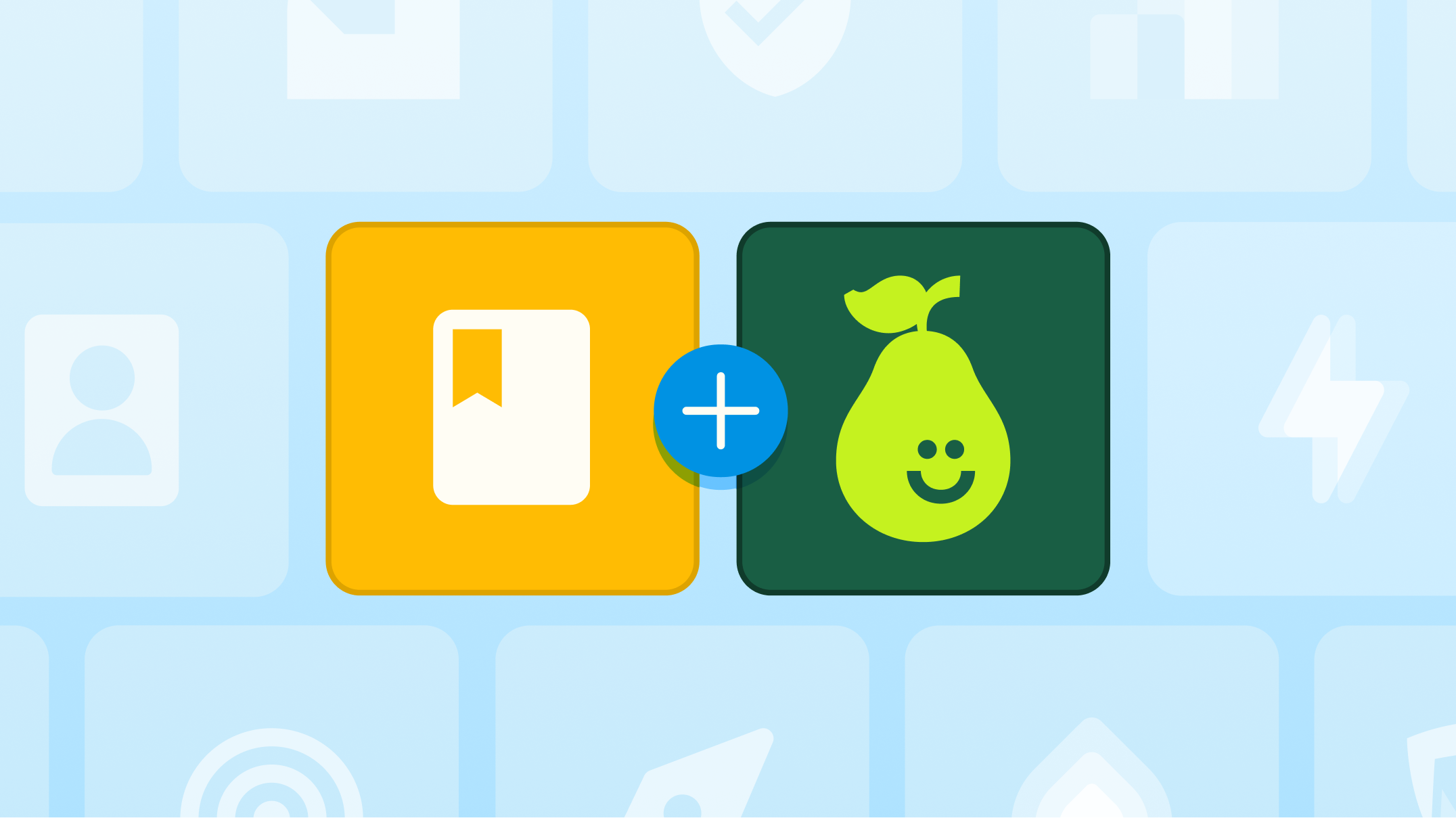Formative Assessment and a Dash of Metacognition

We all know formative assessments offer a great way to get quick checks of student learning without waiting for a big test. When done well with the right tools, they can help us adapt quickly to student needs or identify a common misconception.
What’s more challenging is getting to those higher-order thinking skills. “A great deal of research in the past several decades has identified metacognition as key to deep learning and flexible use of knowledge and skills” (Schoenbach, Greenleaf, Murphy). How can we, in a similar way, pepper our lessons with metacognitive activities?
After your check for understanding, ask a follow-up that prompts students to reflect on how they answered, make comparisons between their thinking and their peers thinking, or to consider what is confusing to them about the question.
Following up
For example, first present your formative assessment. In this case, I want to see if my students can understand some of the basic vocabulary we’ve just studied.

Next, ask students to think about how they answered. “How did you know what to do with your dot?” or “What was confusing about this sentence that threw you off?”
Here’s Another Example:
“What was a primary cause of the Civil War?”
- The moral issue of slavery
- The conflict between the federal government and states rights
- Abraham Lincoln winning the election
Once your students answer, you can quickly get a sense of the nuance of their understanding. Now you can have a discussion to iron out any misconceptions and hear different arguments. End by having students sum up what they learned in the discussion:
“How did your reasoning differ from your peers?” or “All three of the causes listed are all connected. Which connections are clear to you and which are confusing?”
You likely won’t have enough time to ask this kind of follow-up question after every temperature check. I recommend trying one or two per lesson. By asking students to take a step back and reflect on their own learning, you’ll help them anchor new concepts so they stick.

.svg)
.svg)
.svg)

.png)

